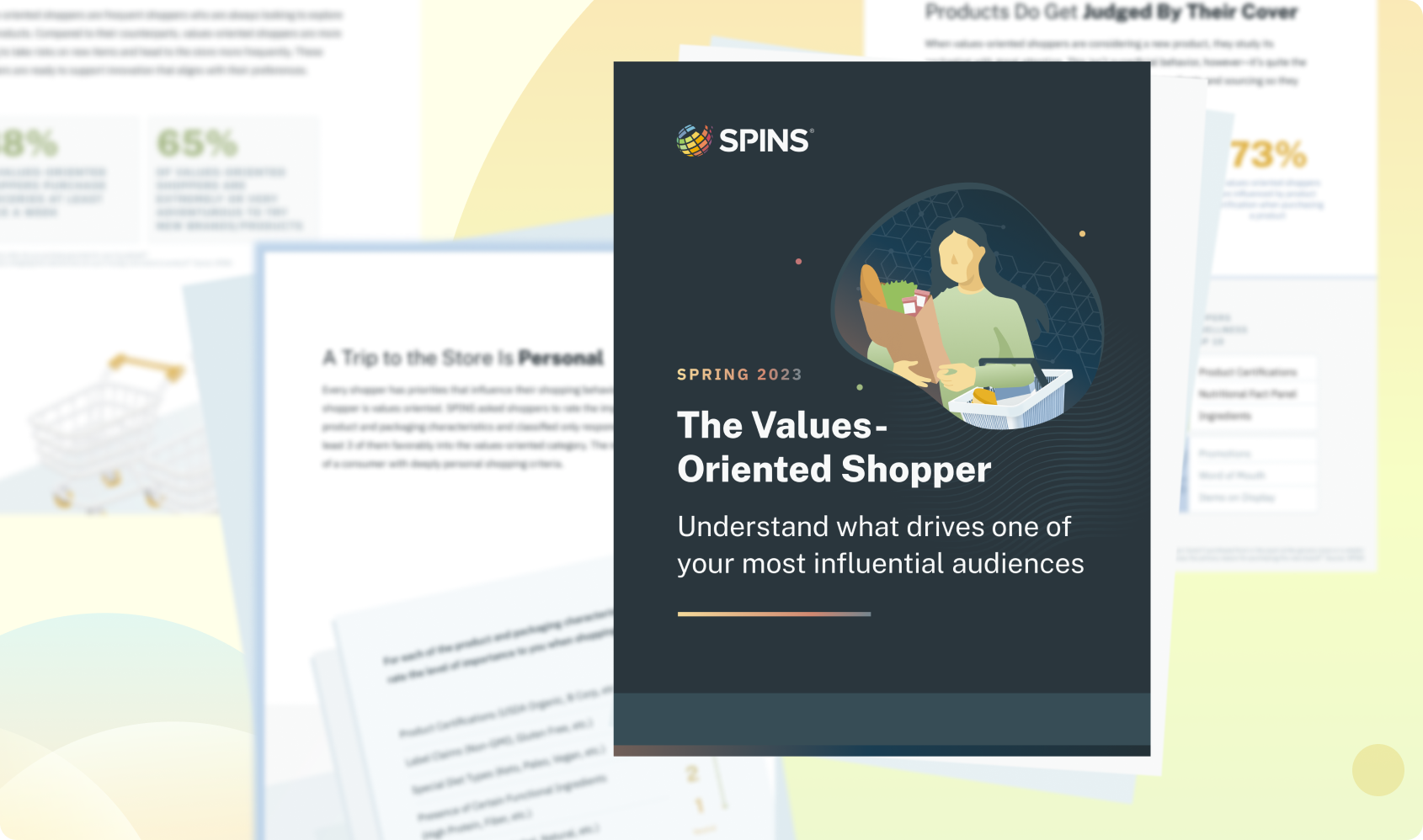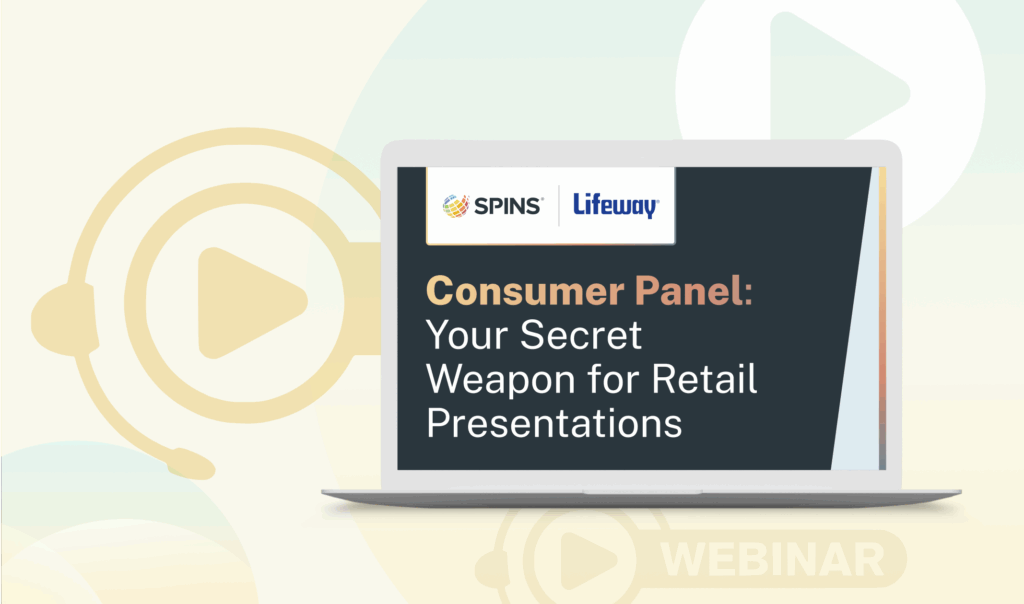Introduction
Innovation is easy to spot in retrospect. Businesses and products that successfully disrupt the status quo become the new template for others to follow. Spotting innovation in its earliest stages is a far more difficult task—but it’s also a crucial component of staying competitive in the CPG industry. When you can identify key indicators of successful innovation and quantify them at an early stage, you can use that knowledge to get on shelves.
The primary driver of emerging innovation is emerging knowledge—information that shapes how manufacturers think about their products, customers, and industry. This knowledge originates from a number of sources: new technology, recent discoveries, habits, and customs finding new audiences. Emerging knowledge spreads and consumers eventually absorb it, whether consciously or by osmosis. More research and studies about climate change, for example, leads to more conversations and overall awareness on the topic, landing on shoppers’ radars and affecting their buying habits. It’s not always a simple top-down process, but it always relies on the evolution of values-oriented consumers and responsive brands
Getting Innovation On the Shelf
Every retailer—regardless of size—has their unique consumer set and their success relies on bringing in products that people want. Some large retailers understand the benefit of identifying emerging innovation and hold pitch slams or other events to attract entrepreneurs, but not every retailer can afford to take such a high-risk, high-reward strategy. At SPINS, we’ve been working with brands and retailers for more than 25 years, and even as the CPG industry has changed its path the success has remained steady: getting products in the right retailers.
Getting in those retailers comes with a few challenges:
- The market only has space for a couple of successful copycat products in a category. A latecomer with no differentiation doesn’t have much shot at earning a retailer’s attention.
- Retailers need to know that any new product will bring in more business than the one they’ll need to take off the shelf to make room.
- The brand’s value proposition needs to address retailers’ concerns (which means addressing the needs of consumers.
For example, if you manufacture a keto pancake mix, you need to know what is and isn’t on the market and—most importantly—on the shelves of the retailers you’re pitching to. Nearly every store carries keto products, but do these stores already carry a keto pancake mix? How are keto pancake mixes selling overall? How are keto products performing? Your conversation with the retailer needs to explain that your innovative product is addressing unmet demand. SPINS’ research has shown that today’s values-oriented consumers shop at a variety of retailers, which means they will find the products they want regardless of where it is. Retailers want to sell products that their customers will purchase and in this case, are agnostic about whether those customers buy your pancake mix or another brand’s.
SPINS Innovation Stack: A data and consulting suite to innovate ahead of trends and develop high-growth products with confidence.
Learn MoreUse Data to Tell the Emerging Story
Your mission walking into a retail pitch is to prove that your product brings a net benefit to the retailer, whether by attracting new shoppers or expanding the baskets of existing shoppers. A retailer isn’t going to take a risk on a new product if they are looking at merely cannibalizing sales of a current product; they want to see the opportunity for growth. Quantifying a new product’s potential can be challenging since it’s not yet on many—if any—shelves.
Working with emerging brands, SPINS understands what retailers want to hear in conversations with brands. While new products don’t have a history of POS data to show, SPINS Product Intelligence can reveal category and attribute-level data that lays the foundation for your success:
- Category growth: What is driving growth in your category or an adjacent category and how does your product align with those drivers?
- Whitespace: Innovative products solve unmet needs, and retailers need to see where their current inventory is not meeting consumer demands.
- Incremental growth: Innovative products often become integrated into existing shopping routines because they bring something new to the market rather than serving as a replacement. Illustrate the potential for your product to expand baskets over time.
- Attributes: The product attributes driving trends reflect the needs of the values-oriented consumer. Show how this new product has some of those same attributes or has attributes that signal the beginning of similar trends.






